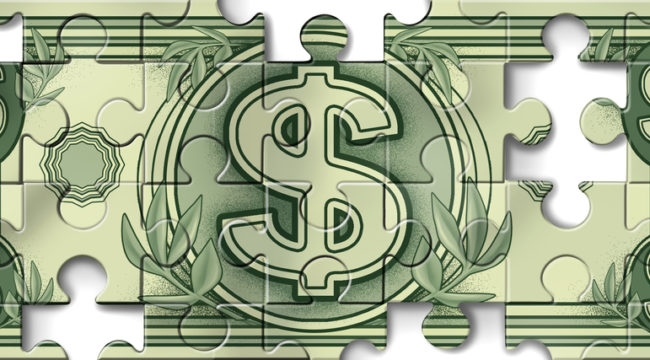This Could Lead to the Biggest Bubble Ever…
Recently, two of the world’s most influential central bankers sent a critical signal to investors…
Bank of England (BoE) governor Mark Carney and Federal Reserve Chair Janet Yellen both revealed their desire to let their respective economies “run hot.”
They’re going to allow inflation to go higher than usual as a trade-off for economic growth.
That means the central banks’ long-standing 2% inflation target is effectively being tossed aside.
That spells bad news for workers, savers and consumers as rising inflation reduces the purchasing power of their earned and interest income. By design you’re going to be squeezed in a vice grip.
But there’s a silver lining…
Inflation’s Winners and Losers
Central banks use short-term interest rates to control the rate of inflation.
In theory, keeping rates low increases demand for credit, helping boost economic activity and, therefore, inflation. And that’s just what Carney and Yellen are trying to do.
They would both rather be too slow in raising interest rates than too fast.
Carney says he wants to err on the side of higher growth and inflation to help cushion the impact of Brexit.
Yellen claims she’s trying to create a “high-pressure economy” to heal the damage caused by the Great Recession.
So what may happen to the major asset classes if this central bank scheme to abandon the 2% inflation target succeeds?
Well, that depends…
Let’s start with stocks. Keeping rates pinned to the floor in order to get inflation no matter what could end up leading to the biggest bubble ever.
As for bonds, when consumer prices rise, the interest investors get from them is worth less in real purchasing power terms. That makes them less attractive, putting downward pressure on prices.
With regard to the dollar, inflation typically results in domestic currency devaluing.
On the flipside, a weak dollar means higher returns can be found overseas. That means higher returns in emerging markets.
As for commodities, they typically perform well because commodity prices track the inflation rate closely. And gold is viewed as a store of value and protection against uncertainty, so it’s usually an especially strong commodity during high inflation.
Real estate also usually performs well as rising inflation puts upward pressure on home prices.
The bottom line is that returns in an inflationary environment can be all over the map.
Stocks, bonds and the dollar may suffer, while emerging markets, commodities (especially gold) and real estate may perform well.
But nothing is guaranteed.
Opportunity Knocks
The silver lining of inflation is that it will provide a ton of profit opportunities for trend followers.
As trend followers, we’re not trying to guess what’s going to happen to any of these asset classes should Yellen & Co. succeed in boosting inflation.
Our concern is that higher inflation acts as a major market catalyst that leads to significant price trends forming, whether up or down.
That’s music to our ears…
Big, long price trends across a broad spectrum of asset classes are the perfect environment to deliver the outsized returns that trend following has become famous for.
So while most people will be crouched in fear trying to figure out how to deal with the haunting spectre of inflation hanging over their heads in the coming months, trend followers will be uttering three simple words: Bring it on.
Opportunity awaits us.
Please send your comments to me at coveluncensored@agorafinancial.com. Let me know what you think of today’s issue.
Regards,
Michael Covel
for The Daily Reckoning
Ed. Note: The most entertaining and informative 15-minute read of your day. That describes the free daily email edition of The Daily Reckoning. It breaks down the complex worlds of finance, politics and culture to bring you cutting-edge analysis of the day’s most important events. In a way you’re sure to find entertaining… even risqué at times. Click here now to sign up for FREE.



Comments: